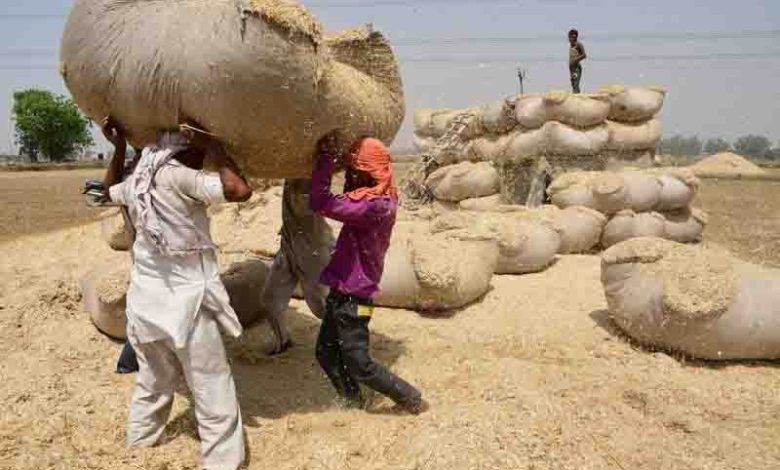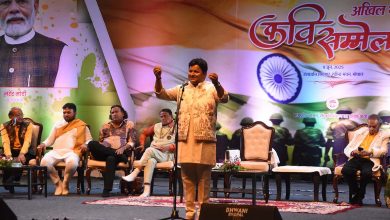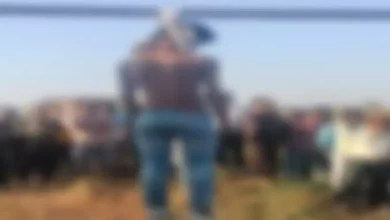Punjab: The shine of golden ‘turi’ has faded

Punjab: It may seem strange and surprising how small ecological changes have a huge impact on the lives of human society. Note that with the decline in the number of cattle and buffaloes, which have been the prized possessions of the agricultural society since ancient times, the value of hay made from wheat has also declined. This crop, known as turi in Punjab, is not finding buyers even at Rs 200-250 per quintal this season. This is the same dry fodder, which was priced at Rs 1200 per quintal in 2023. Good or bad, but its price has not gone below Rs 500 per quintal in the last few years. This is because it is used as dry fodder for dairy animals. Its use as fuel in industries has further increased the prices. However, the recent preliminary livestock census conducted by the government has revealed that the number of cattle and buffaloes has decreased by 2.32 lakh and 5.22 lakh respectively as compared to the 2019 livestock census. Less number of milch animals means less need for dry fodder.
Even the industry has started using paddy bales instead of turi as fuel, which has reduced the demand for dry fodder. The effect of the reduction in demand for wheat dry fodder has started showing in the form of low price of dry fodder this year. While its price was Rs 800 to Rs 1,000 per quintal in previous years, it is currently selling at Rs 200 to Rs 250 per quintal. Interestingly, it also costs about Rs 250 per quintal to prepare one quintal of dry fodder from the fields after wheat harvesting. This means that farmers and traders will not be able to recover their cost. Traders involved in the storage and sale of dry fodder said that earlier they used to send it as far as Rajasthan. Trader Jaiveer Goyal said, ‘Now paddy bales have become popular, so the demand for grass has reduced. Even the industry that used to use it as fuel has now got paddy bales.’
Davinder Singh, another trader who has been in the business for more than a decade, said, “The price of straw will be Rs 1,200 per quintal in 2023.” He said that the demand for grass has decreased locally due to the decrease in the number of animals. While farmers are facing the problems caused by the decrease in the number of animals, the government, which is trying to stop burning of crop residue, may also face a strange and difficult situation after wheat harvesting. Farmer Gulzar Singh said, “What will the farmers do with the wheat straw left after harvesting? They have no use for it, as they do not have animals and no one will buy it. Burning it is the only economical option.” It is certainly strange that the “Toori” mentioned in Lala Dhani Ram Chatrik’s iconic poem “Vaisakhi” which is still being seen these days is “Toori tand samb, hari vech vat ke, marda damame jatt mele aa gaya” (After collecting toori and selling the crop, the noisy Jatt has come to the fair). The mention of “Toori” before wheat in the poem gives it prominence.





